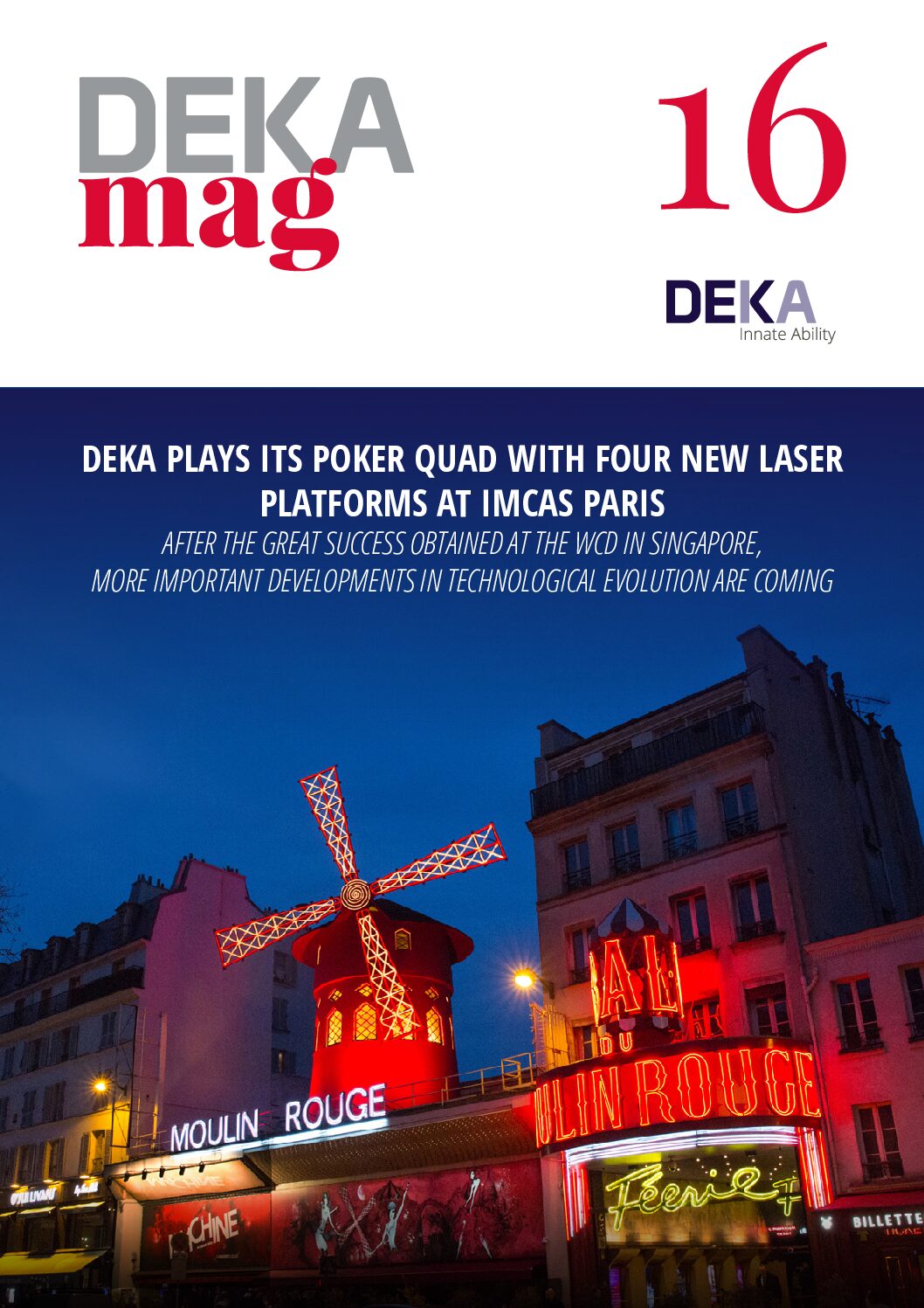
For many years, fully ablative laser treatments, especially CO2 laser, have been considered the gold standard for resurfacing treatments and for the treatment of various types of scars, thanks to strong skin remodelling. However, these ‘‘aggressive’’ treatments led to adverse post-treatment responses (erythema, pigmentary changes, crusting and scarring) which lead to significant psychological stress.
Fractional ablative lasers have the advantage of a higher safety profile compared to traditional ablative lasers. However, sometimes, even the fractional laser treatment can induce hyperpigmentation (PIH) associated with acute inflammatory responses to cutaneous thermal damage where an increased amounts of arachidonic acid metabolites during inflammatory process may stimulate the melanocytes causing an increase in the melanin synthesis.
μ-SCAR3 scanning system has been designed for remodelling deep scars. Minimizes the risk of post-treatment hyper and hypopigmentation thanks to the smaller spot size that generates greater depth of the action with reduced energy. Moreover, the PSD (Pulse Shape Design) technology makes it possible to choose among various impulse modalities to be able to manage selectively the vaporization depth and the thermal effect: S-Pulse, D-Pulse. H-Pulse, U-Pulse, CW.
By varying the impulse modality on the area concerned it is possible to obtain different ablation and stimulation effects to meet the various clinical needs.
Another advantage of μ-SCAR3 scanner is thanks to its possible use for tattoo removal since its effectiveness has been observed when combined with fractional Q-switch laser.






